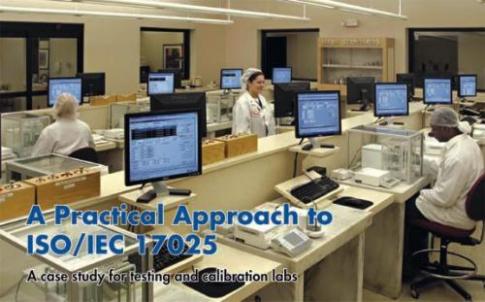
Henry Troemner LLC has been in the precision measurements and calibration business since 1838. The company’s work is done under the strict guidelines prescribed by ISO/IEC 17025--“General requirements for the competence of testing and calibration laboratories,” with a view toward providing its customers with the lowest possible measurement uncertainties. Before undergoing the ISO/IEC 17025 registration process, however, Troemner first sought to become an ISO 9001-registered company.
“We were one of the first organizations in the Philadelphia area to achieve ISO 9001 registration,” says Tracey Hill, Troemner’s quality coordinator and lead internal auditor. “Once the critical step of ISO 9001 registration was successful, the company’s focus shifted to the rigorous requirements of ISO/IEC 17025 accreditation. The guidelines make an organization take a critical look at every aspect of performing a calibration.”
This resulted in a list of processes that required additional documentation, and procedures that needed to be written for the first time. In addition to the documentation, detailed testing data were required by the National Voluntary Laboratory Accreditation Program (NVLAP) and United Kingdom Accreditation Service (UKAS) to provide evidence that the measurement assurance program had the proper controls in place.
…
Comments
Add new comment